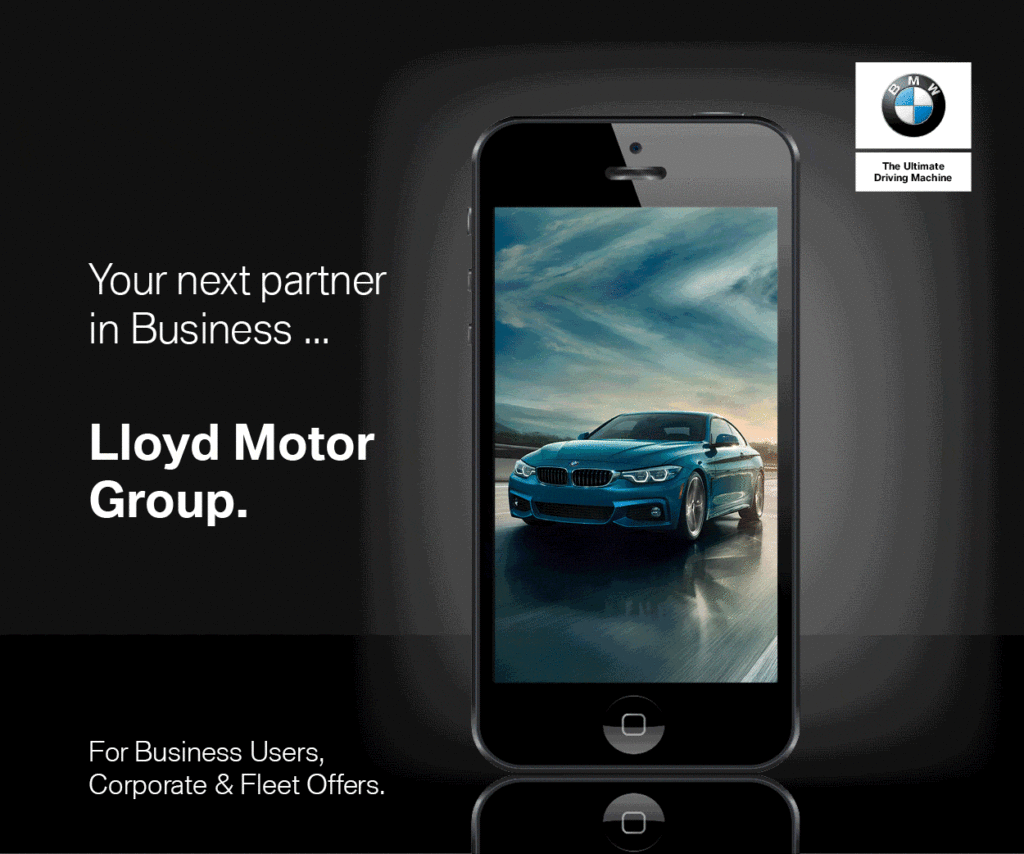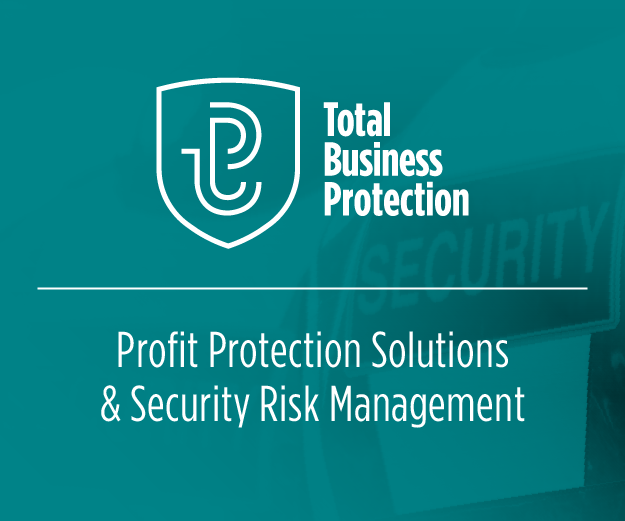The goal is to make people comfortable with the brand image, so that they will remember what you do, and how your company benefits them.
Standard Branding
If you want to effectively build your brand, you need to make a logo and a branding tagline that will be representative of your company throughout all your marketing materials. To make your brand come alive, your brand identity not only needs to be represented at all touch points with customers, your brand identity needs to also be demonstrated by your employees.
Go Physical
Bringing your brands identity to life in a brick-and-mortar store starts with a sense of what you want customers to associate with the customer, and how the experience of their purchase can facilitate this. A brand is your identity; it makes your company unique, memorable, and stand out. Your brand is a crucial identity marker to outside audiences — i.e., your target customers – but it is important to your team members, too. Your brand identity, therefore, needs to flow through your company’s veins, reflecting itself in the tone of voice, the language, and the images that you use when marketing yourself.
Take Ownership of Your Brand
As with your business brand, you can now leverage your own personal branding framework to guide everything you do, aligning your personal online and offline brands to your best self. Just as you would a business brand, your personal brand framework takes into account your overall goals and values, and how you live those out through your everyday practices. Your future business growth will also be guided by the mission and vision established in your brand standard. An important place to start is making sure that you have in place a solid platform for brand strategy (vision, mission, values or goals, propositions, and personalities) and a brand story (challenges, actions, solutions), because those are what will drive the reputation that you are looking to establish.
Focussing on a Specific Audience
Everything starts by knowing your audience, since your audience is the one that will bring value to your brand. As such, identifying your business’s ideal audience will serve to underpin your entire digital brand-building strategy. Define your target audience before building your brand, so that you will be reaching out to the right people, rather than having an inconsistency between your business and customers. This is crucial because if you do not know who your audience is, then you cannot know how to create brand awareness that turns the right heads.
Audience Engagement (Getting them invested)
Invite your biggest customers to your office and ask them about their favourite things about your logo, your tagline, and the other big identifiers that make up your brand. Make sure to use the copywriting services of professionals like Ed Prichard so that the message you’re trying to convey doesn’t get distorted in your communicative text.
Let employees know if they see something that is not on-brand, that they can point it out to you. If you can come up with things about your product or service that other companies in your industry are not offering, then you should be able to start building a memorable brand. While following each of the above steps for building a powerful brand may take time, doing it could pay dividends, and it should help you boost conversion rates with customers, along with overall profits.






